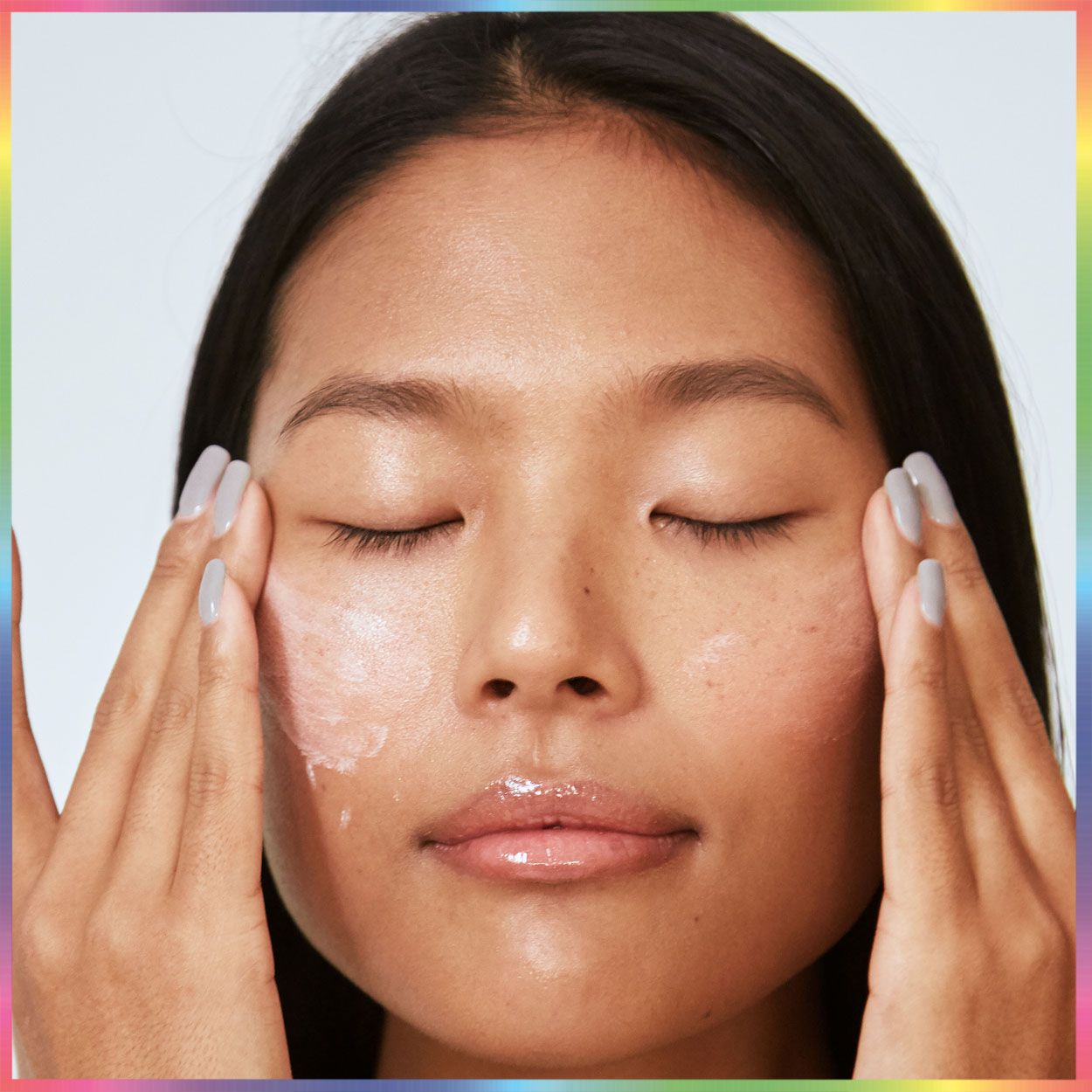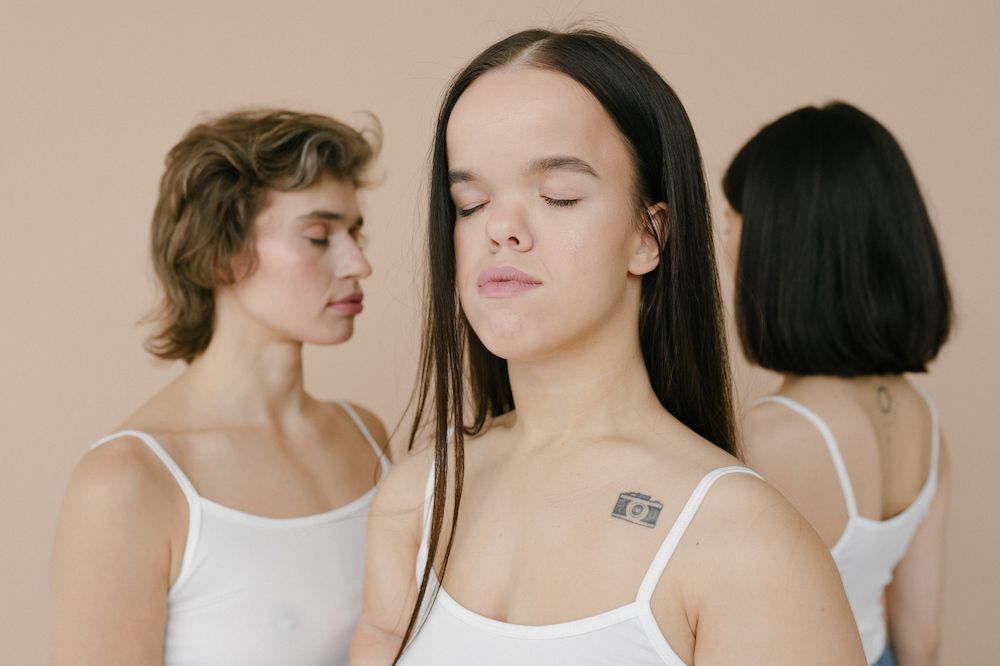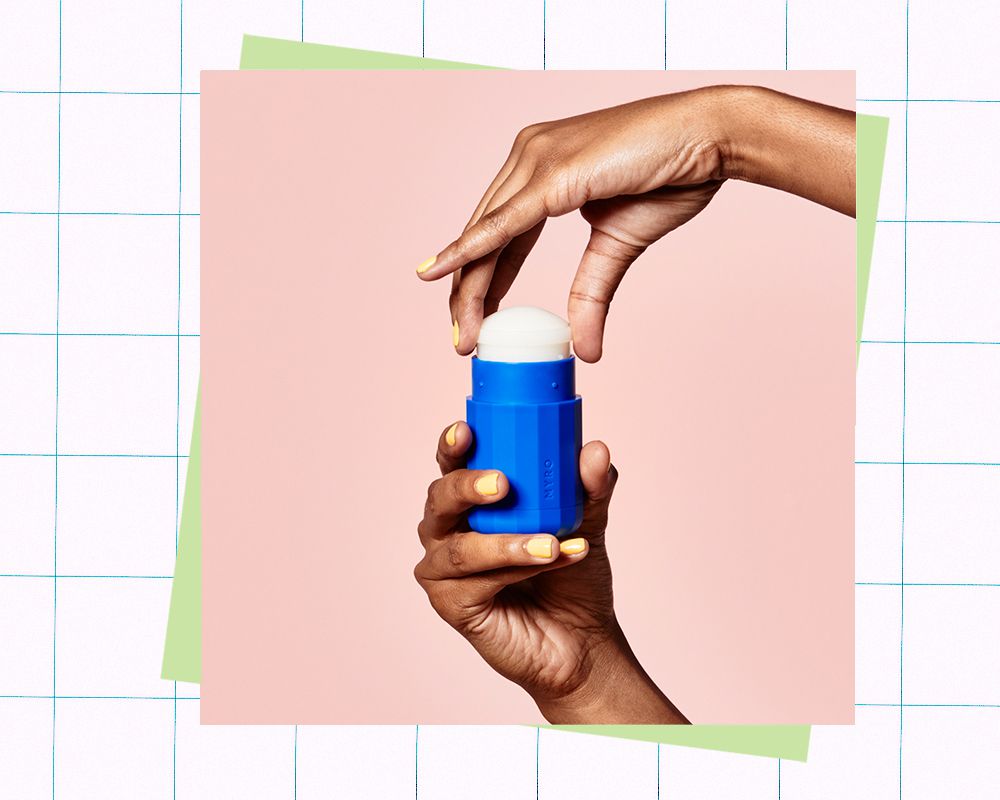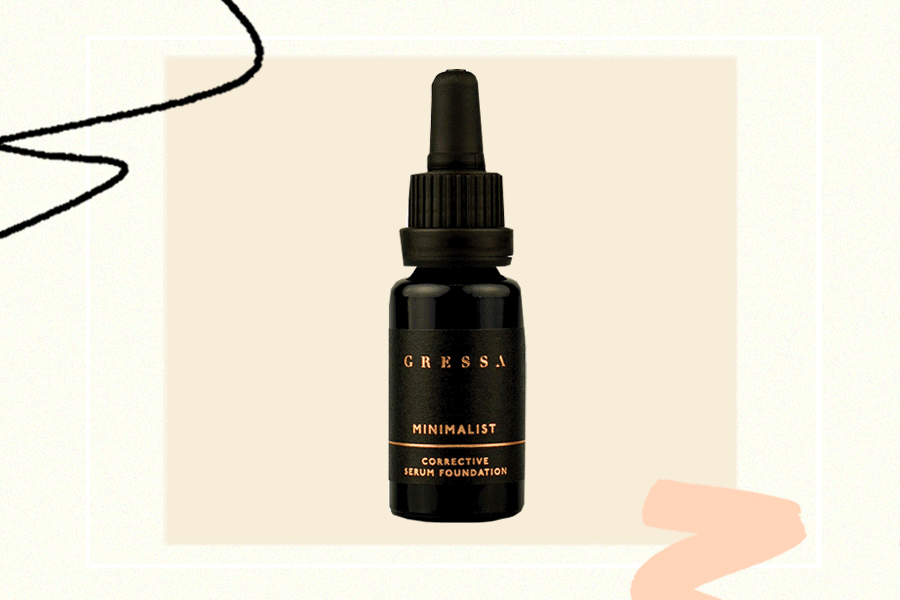Does Preparation H Really Help With Under-Eye Bags? We Investigate

Even when you think you’re doing everything right—getting eight hours of sleep, drinking enough water, and regularly using a potent eye formula—sometimes you still get stuck with those puffy, sunken under-eye bags, wondering why nothing you’ve tried has worked. (Been there.)
But there’s one thing you probably haven’t attempted yet—and that’s applying Preparation H on your under-eye bags. And while we’ve tried lots of crazy beauty treatments in the past, as soon as we heard about putting Preparation H on under-eyes (looking at you, Mario and Kim Kardashian), we immediately paused. Is this legit? Does it actually work? And most importantly, is it safe? Ahead, a dermatologist breaks down everything you need to know about using Preparation H for under-eye bags.
Meet the Expert
Hadley King, MD is a board-certified dermatologist specializing in medical and cosmetic dermatology in New York City.
First, What Causes Puffy Under-Eye Bags?
As you probably know by now, puffy under-eye bags are incredibly common—and can be difficult to treat effectively, since the underlying causes are so unique from person to person. But it’s important to understand the science behind them to really understand the issue at play for you.
Puffiness, aka swollen, sometimes-red skin under the eye, can be caused by a number of factors, such as dehydration and fatigue. FYI, doctors recommend getting between seven and nine hours of sleep a night, and drinking around two liters of water a day, so you should definitely start there. (When you’re dehydrated, or eating too much salty food in combination with not enough water, your body will retain fluid, including in your under-eye area.)
“If you notice that the puffiness is worse in the morning and better by evening, and worse some days than others,” begins King, “Then your puffiness is probably from fluid retention.” If that’s the case, she suggests drinking more water, ingesting less salty food, and sleeping with your head propped up on a couple of pillows so the fluid doesn’t collect and build up in the under-eye area.
But even if you have some poor, puffy-eye-causing habits (like binge-watching shows until 2 AM while munching on Salt & Vinegar potato chips), sometimes, it’s just plain-old genetics—which can make those under-eye bags even more difficult to treat. “Puffy under-eye bags can be caused by fat pads, which is hereditary,” says King. “Hormonal status can affect your fluid retention and, thus, your under-eye bags, and allergies can contribute to puffiness too.”
“Fat pads” are an underlying accumulation of fatty tissue that’s actually meant to prevent injury and protect your body from direct impact. For some people, the fat pads are naturally more prominent; for others, the fat pads sink lower with aging. The bad news is, it doesn’t matter how much sleep you get—because the puffiness is inherently part of your genetic makeup. Which is perfectly okay.
Of course, it really depends on the person—which can be frustrating when you’re trying to find a miracle salve for your under-eye bags. Spoiler alert: As much as we wish an under-eye miracle salve existed, it doesn’t—which means it’s all about taking an individual approach to treat this. There’s nothing that works for every person, 100 percent of the time, which is why so many different, unique under-eye treatments exist.
Does Preparation H Actually Help With Under-Eye Bags?
If you’ve already followed the drink-more-water, get-some-sleep, and eat-less-salt advice and you’re not seeing any results, you may be interested in some less conventional methods.
Enter: Preparation H. If you’re not familiar with the topical treatment, it’s a steroid cream used for reducing swelling, redness, and discomfort caused by hemorrhoids. It works by restricting the blood vessels, and contains 1 percent hydrocortisone, an anti-inflammatory that might temporarily reduce puffiness under your eyes. The package, in fact, warns against improper usage (like putting it on your face).
But if you’re a rule-breaker, you might be wondering: If it can reduce swelling and puffiness elsewhere on your body, can’t it technically work for under-eye bags, too? Technically, yes—in theory. But you need to read on about the extensive risks before you try this one at home.
“Preparation H can hypothetically be helpful for under-eye bags because it constricts blood vessels, which can reduce puffiness,” says King. “It contains 1% hydrocortisone, an anti-inflammatory that, in theory, might temporarily reduce puffiness if inflammation was contributing to the fluid retention under your eyes.”
But that certainly doesn’t mean you should run to your drug store or slather some on right now—and it definitely doesn’t mean Preparation H could even address the causes of your particular under-eye bags.
Potential Side Effects
To be clear: Preparation H isn’t something you should traditionally apply anywhere but where it’s intended, because it has a few unsavory side effects. But you especially shouldn’t put it near your eyes. “Preparation H has a number of ingredients that can cause injury if you accidentally get some in your eye, including an increased risk of cataracts and glaucoma,” King says.
And even if you’re extra careful and telling yourself I wouldn’t get it in my eyes anyway! it’s important to remember that the skin around your eyes is totally different than skin elsewhere on your body (which is why you have more specialized skin care treatments for it). The skin around your eyes is incredibly thin, sensitive, and delicate, and Hadley says Preparation H can cause irritation and even permanent damage to it—which is why, in fact, the medicine’s makers explicitly caution against using it for puffy under-eye bags.
“Hydrocortisone is a corticosteroid,” she says. “And prolonged use of topical corticosteroids can cause thinning of the skin, increased skin fragility, and enlarged blood vessels, and can even result in problems with your adrenal gland.” (Your adrenal gland is the natural steroid producer in your body.) Plain hydrocortisone cream (like the Cortizone-10 you probably have in your medicine cabinet) will have similar results if you use it on your under-eye bags, including potentially enlarged blood vessels.
None of this sounds good—or worth the risk of less-puffy under-eye bags, sorry—especially when better, and safer, treatments exist. Yes, even if you do think you’ve already tried everything.
How Should You Treat Eye Bags Instead?
Again, when you examine the underlying causes of your under-eye bags, you’ll be closer to finding a treatment that really works for you (that isn’t a rectal cream). King suggests finding an eye cream with caffeine in it, like The Ordinary Caffeine Solution ($7) and First Aid Beauty Eye Duty Triple Remedy ($28). “Caffeine constricts blood vessels and can therefore reduce the amount of fluid accumulating,” she says. Tons of great firming eye creams exist as well, which can also provide some temporary reprieve.
Plenty of DIY home remedies exist too, like cold tea bag compresses (both the caffeine and the cold may restrict blood vessels), refrigerated spoons or teething rings (yes, really!), or cold cucumber slices.
Again, hormonal status could be affecting your fluid retention, in which case you can ask your doctor about potentially taking an oral contraceptive that has a diuretic effect. If you think allergies are contributing to your puffiness, you can consider an oral antihistamine for that, which may be helpful.
If you’ve exhausted every other option and temporary fix, and your puffy under-eye bags have been an ongoing, persistent issue, King suggests talking to a doctor. “If your eye bags are pretty much always the same, then this is more likely the result of anatomy, aka, a fat pad that’s become lower over time,” says King. “The only real fix for this kind of problem would be surgery, or a lower lid blepharoplasty, or a radio frequency device called the Venus Freeze, which may offer temporary improvement in the appearance.” You can also talk to your doctor about experimenting with fillers and Botox.
And while some of these solutions may not sound peachy, they’re certainly safer—and more effective—than using Preparation H.
The Final Takeaway
Unrelentingly puffy eyes can be caused by an underlying health issue (like allergies, dehydration, or lack of sleep), which you should address first and foremost. Of course, the underlying causes of your particular puffiness should inform how you should treat yours—but Preparation H, or any steroid cream not meant for your eyes, is never the answer (despite what Kim Kardashian’s makeup artist might advise). Again, while Preparation H could technically work on your under-eye bags due to its anti-swelling qualities, it’s not worth the risk of damaging the delicate skin around your eyes (or your eyes themselves) In fact, it could easily do more harm than good (with harm including increased risk of cataracts and glaucoma).
Instead, start out by making sure you’re getting enough rest, drinking enough water, and minimizing your intake of salty foods. Get checked for seasonal allergies, or something that you may be allergic to year-round, like a certain food, or grass.
And, of course, there are tons of amazing eye creams that use concentrated ingredients like Retinol, Vitamin C, and caffeine meant to help stimulate circulation around the eye, reduce puffiness, and overall make you look brighter and more awake. In any case, don’t use Preparation H. Or at least, not on your face.
These 16 Eye Creams Make You Look Well Rested (Even If You're Not)











